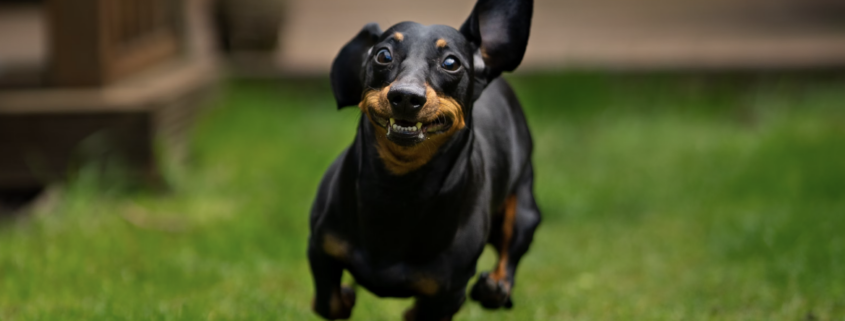Find Out How Police K-9 Dogs are Trained
How Police K-9 Dogs are Trained?
For thousands of years dogs and humans live in together. One of the smartest things humans did after the invention of the wheel is domestication of the dogs. Side by side, dogs and people made it through many centuries, wars, even space programs. Furthermore, in addition to being the most beloved pets, helpers around the farm, family guards, and leaders for the blind, dogs can be more than useful in police and other law enforcement units. The police dog, also known as K-9 (homophone of canine, a play on words), in most major cities is used for the things that human police officers can’t do. Police forces use K-9 to track criminals, sniff out drugs, explosive and other illegal materials, to find missing people or objects and many more. Intentional killing or injuring K-9 is considered felony in many countries. Today, a full police funeral is given to the police dog killed in the line of duty. A growing number of police units outfit their dogs with police badges and bullet proof vests.
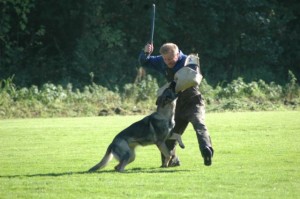
All police dogs have to complete basic obedience training. K-9 Police dogs must obey the commands of their handlers without hesitation. Besides the obedience training, police dogs must go through the agility training, protection training, scent detection training and endurance training. They have to be prepared to jump over the obstacles such as walls and to climb the stairs. Police dogs must learn how to act and remain calm around people in daily life. So, dog socialization is very important thing. The dog that is tense and jumpy when among other people can’t become a good police dog.
Most of the k-9 police dogs are trained to enjoy their work. They comprehend trainings as a game. When it comes to practicing how to chase a suspect, they are trained to grab and hold on at all costs. They hold suspect very tightly until the handler gives command to let go. They are trained to wait for the verbal warning first and attack only if the suspect doesn’t halt immediately. Some police units prefer a bark tactic. Police dog barks to intimidate suspect and alert his handler to his whereabouts. The dog barks till a police squad arrives. Only in case of a suspect trying to run, the dog grabs and holds the fleeing suspect.
Drug training contains a trick with a white towel. The handler rolls up a bag of marijuana inside the towel and removes it short after. Then the dog is playing with the towel so that he can recognize the smell of marijuana. After a while, the handler hides the towel in various places stimulating the dog to look his favorite toy up. The dogs aren’t addictive, they won’t swallow any drugs, they just want to play with their toys. The same method is used for bomb and explosive detection or to locate other illegal materials. A dog’s sense of smell is very powerful, it is almost 50 times more sensitive than human’s.
The most popular breeds in police dog units are German Shepherd, Belgian Malinois, Doberman Pinscher, Rottweiler, Argentine Dogo and Labrador Retriever.

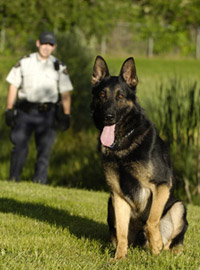
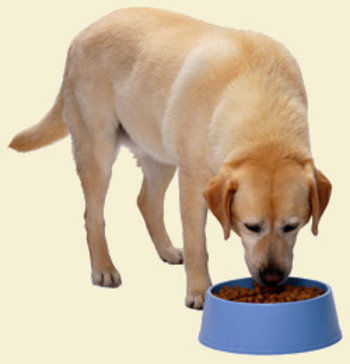
 You are certainly familiar with the situation that during the lunch your dog is lurking near the table looking at you with his eager eyes, waiting for some treat. He is acting like his last meal was couple of days ago. It is well known that dogs are very trusting pets. They will, probably, eat almost everything you give them. So, it is a big responsibility for you as a caring owner to feed your dog in the best possible way. Before selecting a dog food, there are some factors for consideration. Those factors are dog’s age, body condition, dog’s health history and your budget.
You are certainly familiar with the situation that during the lunch your dog is lurking near the table looking at you with his eager eyes, waiting for some treat. He is acting like his last meal was couple of days ago. It is well known that dogs are very trusting pets. They will, probably, eat almost everything you give them. So, it is a big responsibility for you as a caring owner to feed your dog in the best possible way. Before selecting a dog food, there are some factors for consideration. Those factors are dog’s age, body condition, dog’s health history and your budget.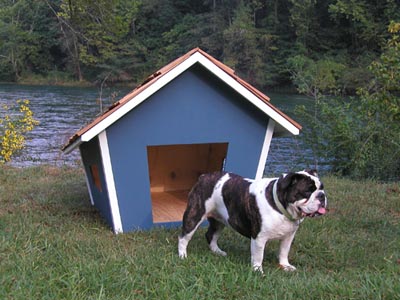
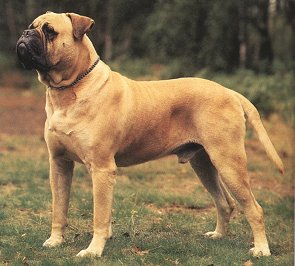 Here is our list of 10 best watch dog breeds:
Here is our list of 10 best watch dog breeds:
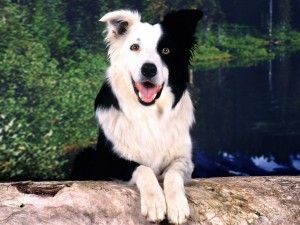 10. Australian Cattle Dog.
10. Australian Cattle Dog. 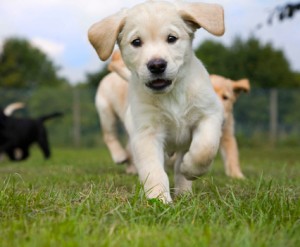
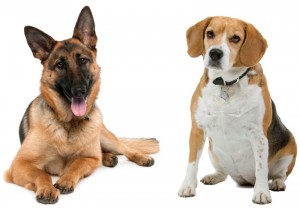 Dogs Lifespan Vs Human Lifespan – A Comparison
Dogs Lifespan Vs Human Lifespan – A Comparison